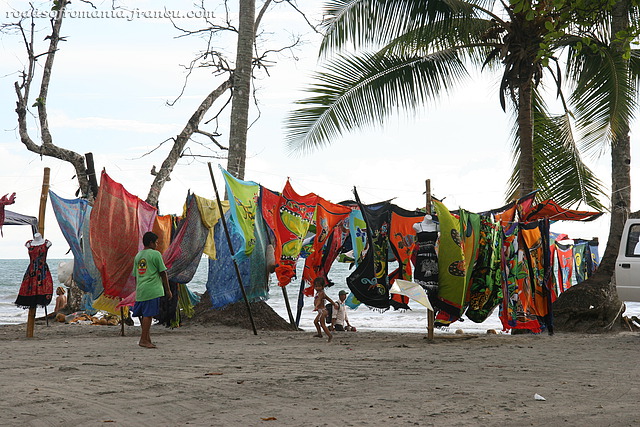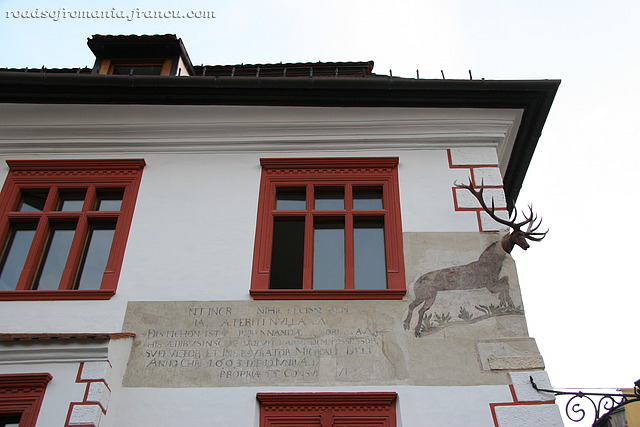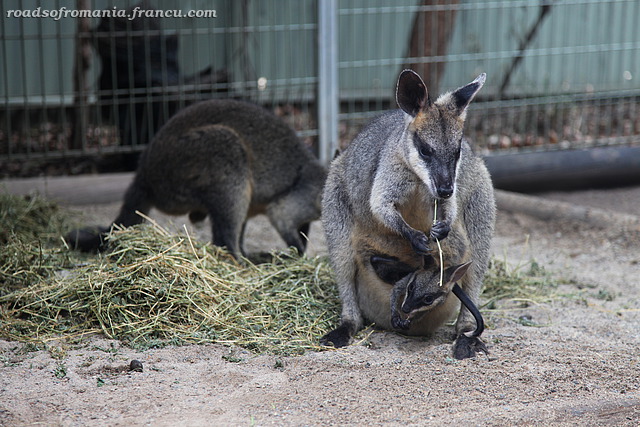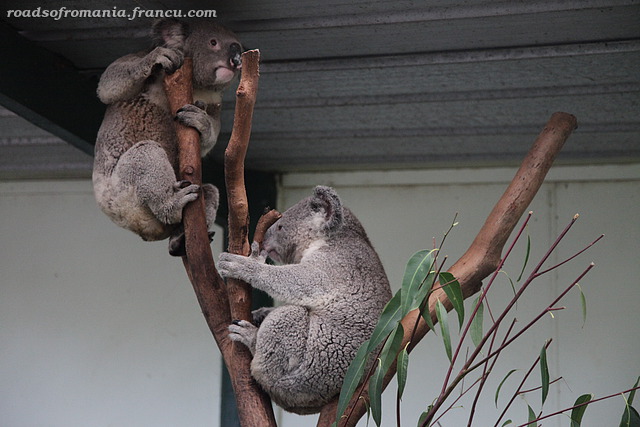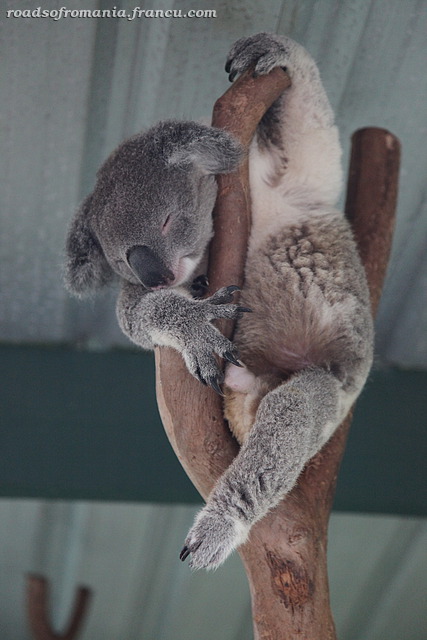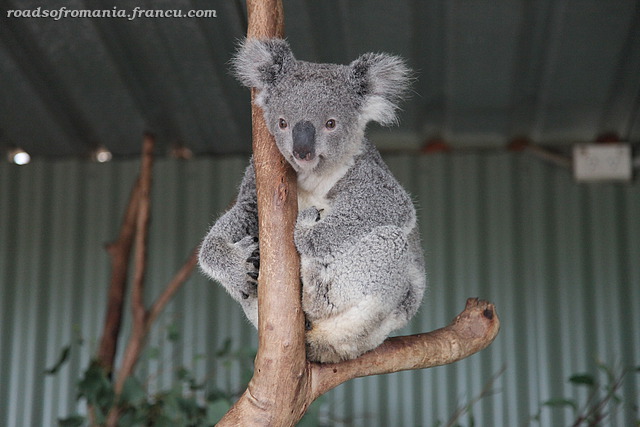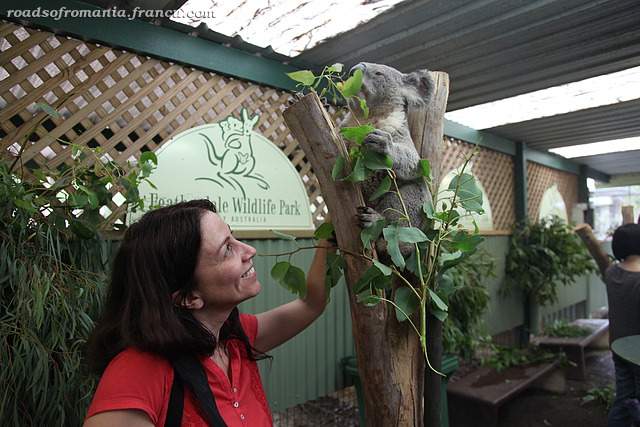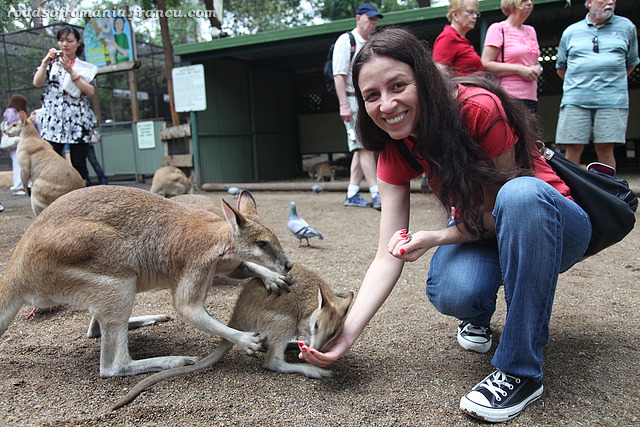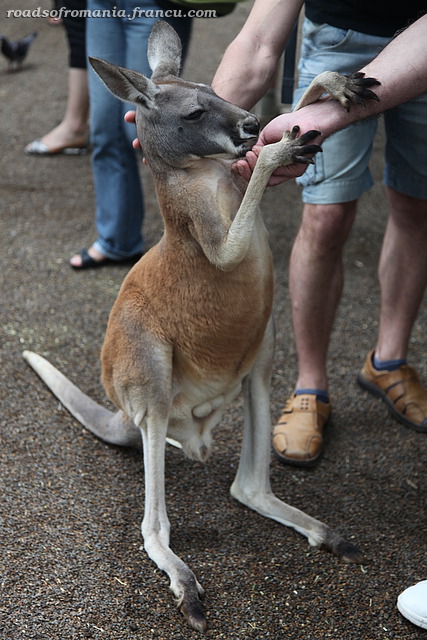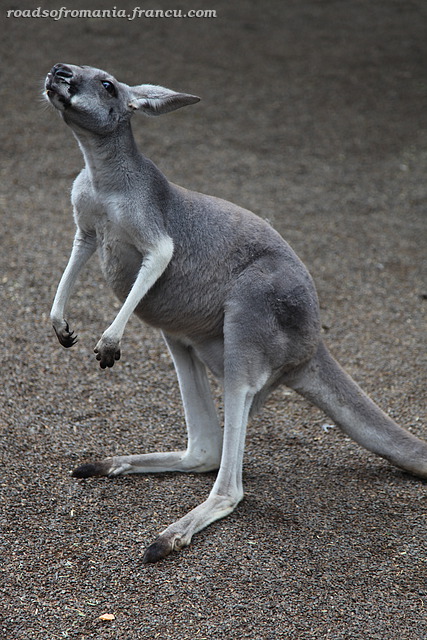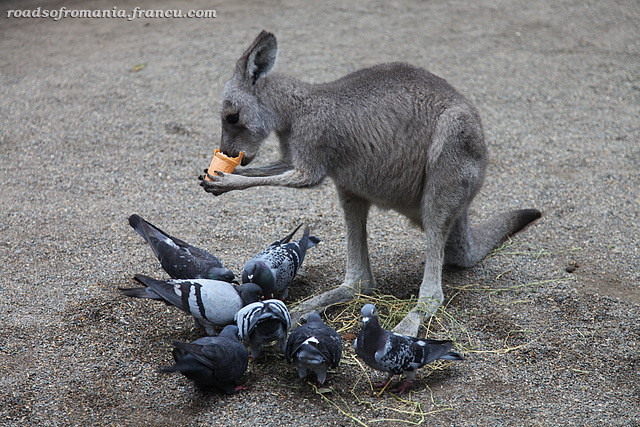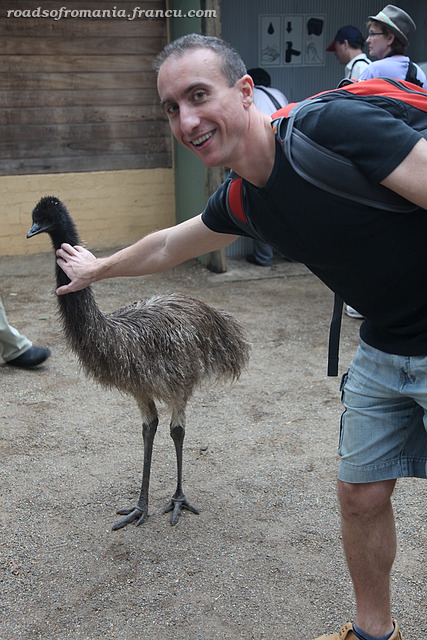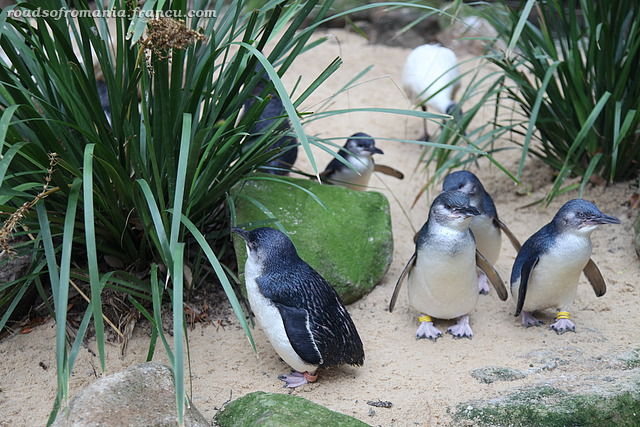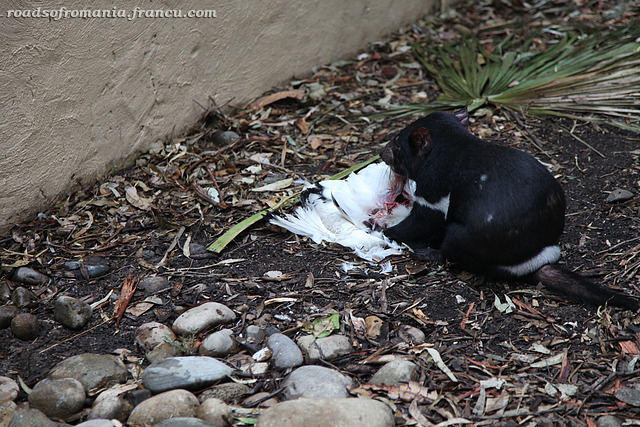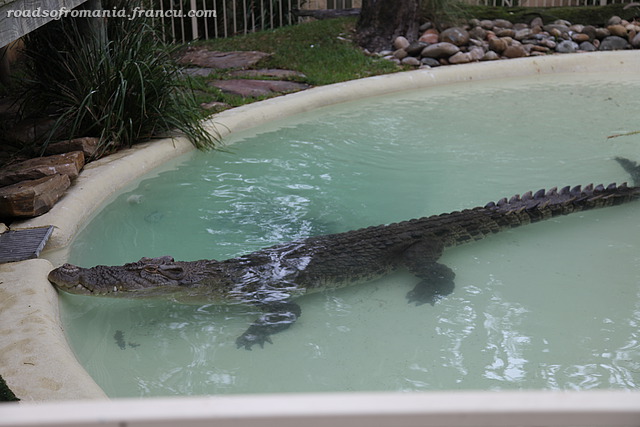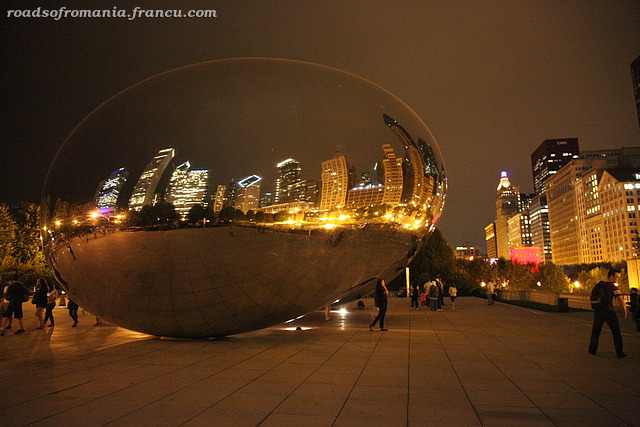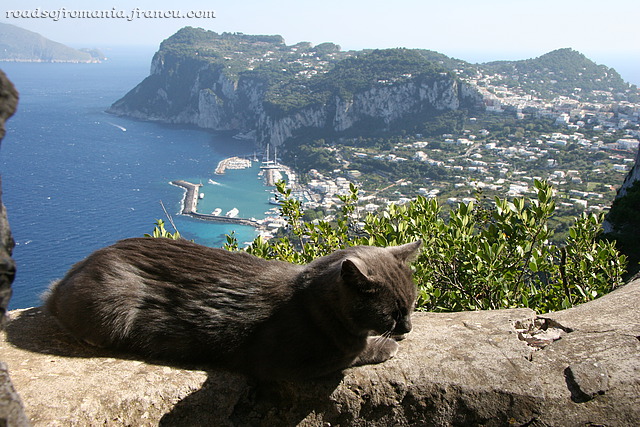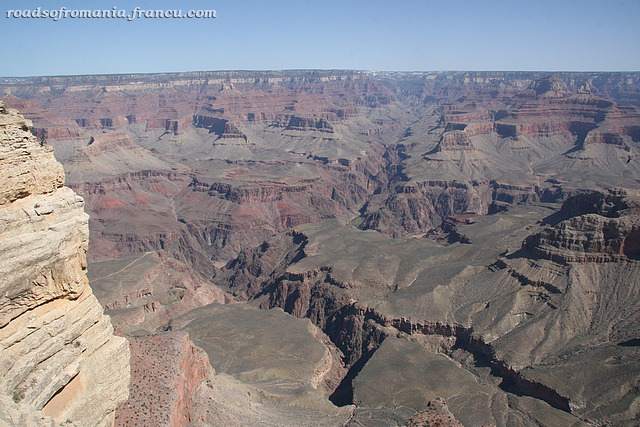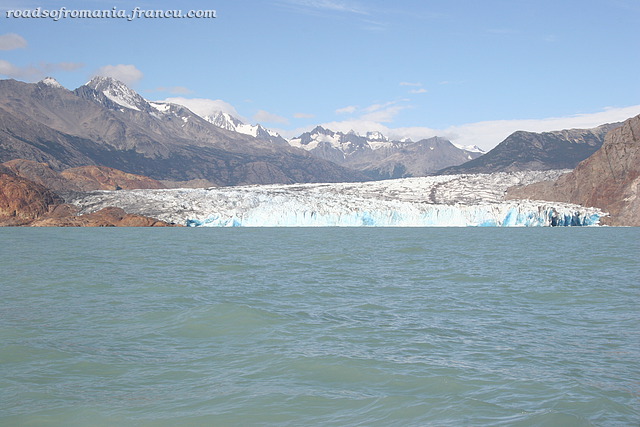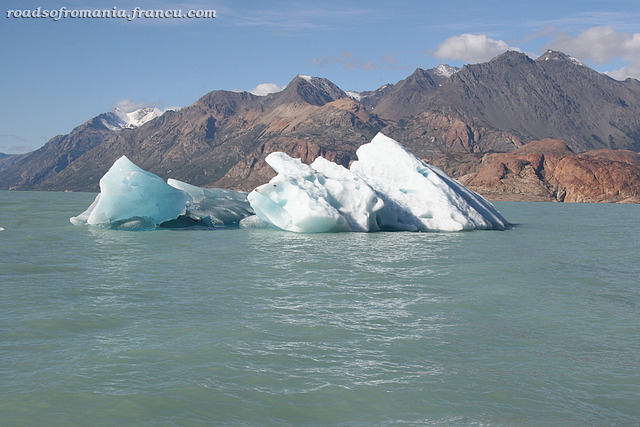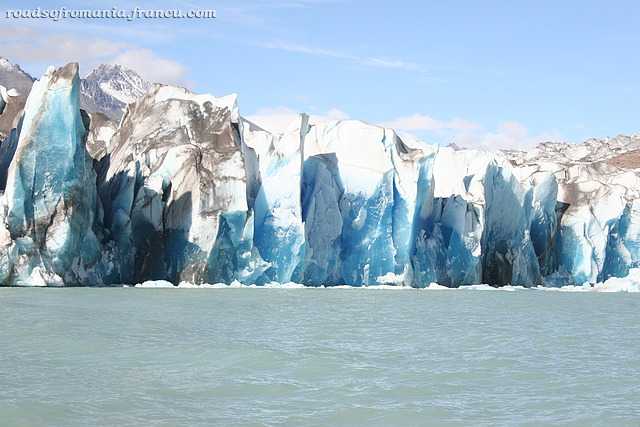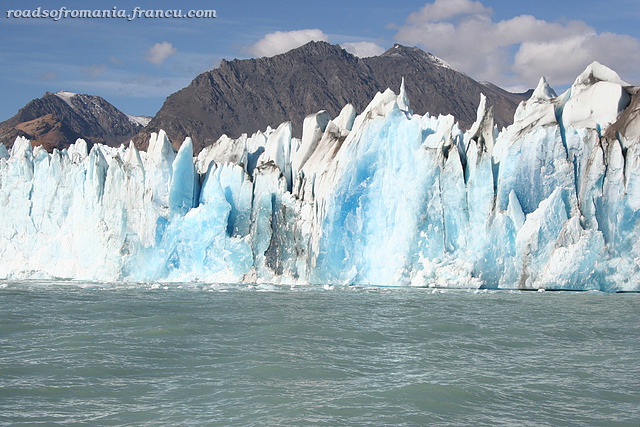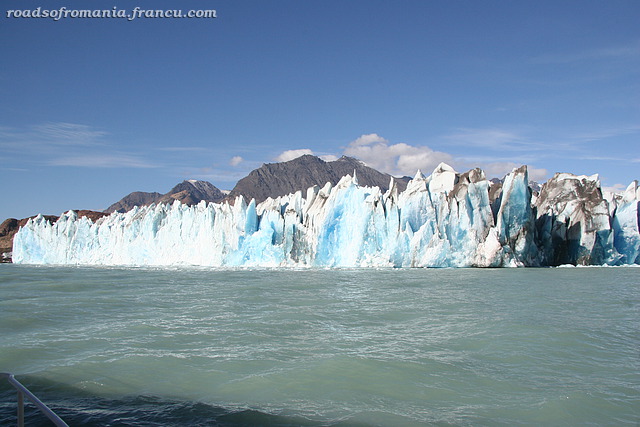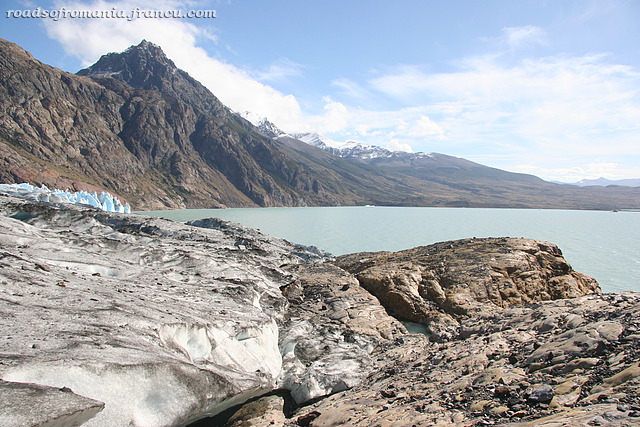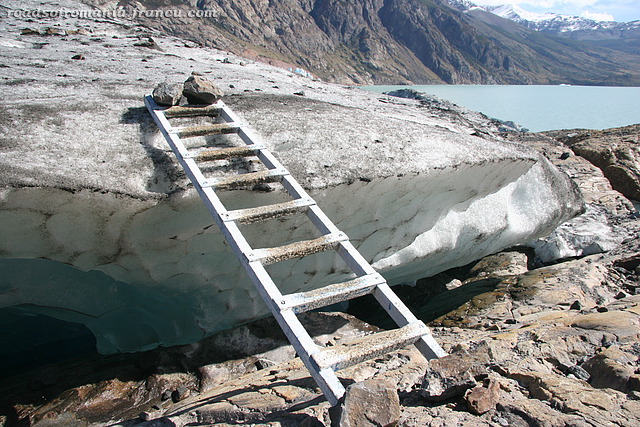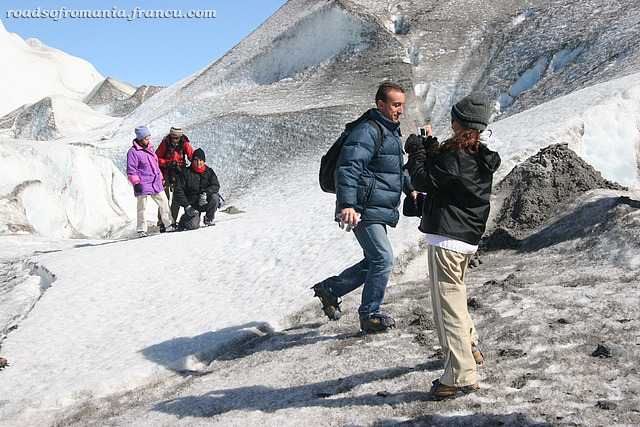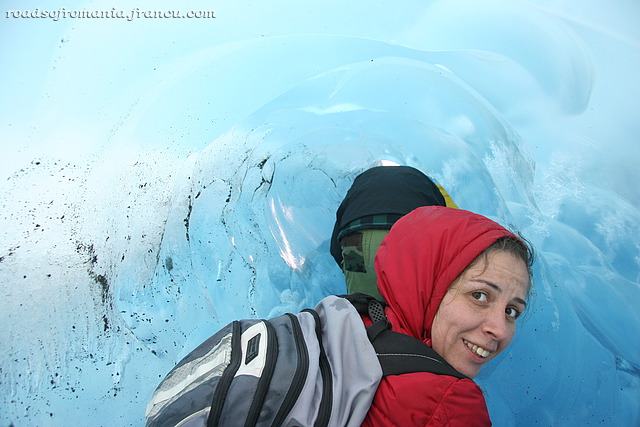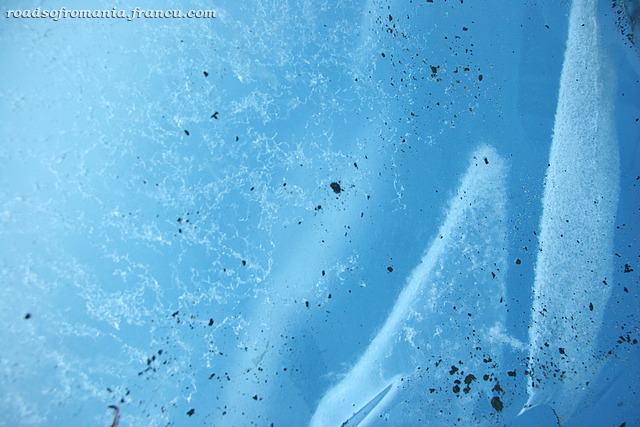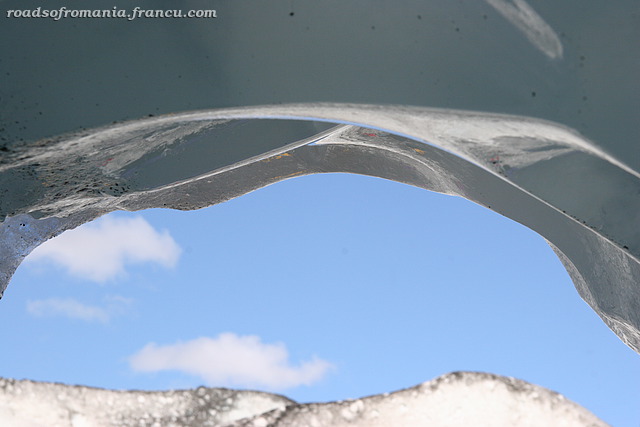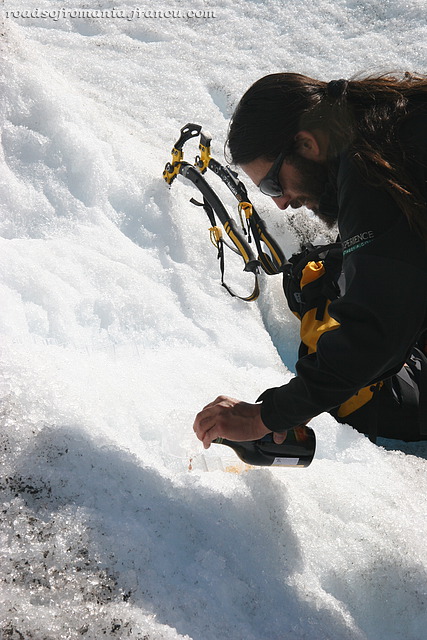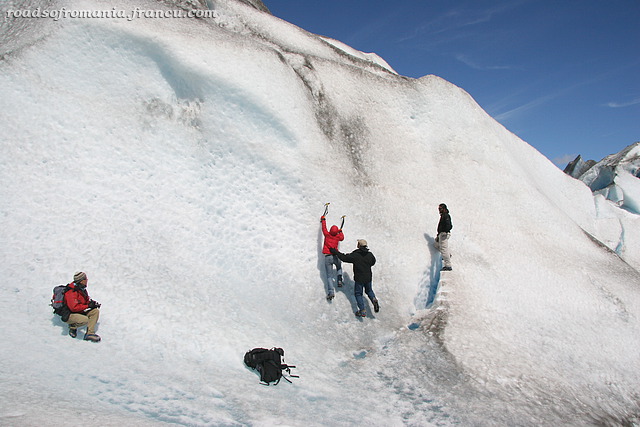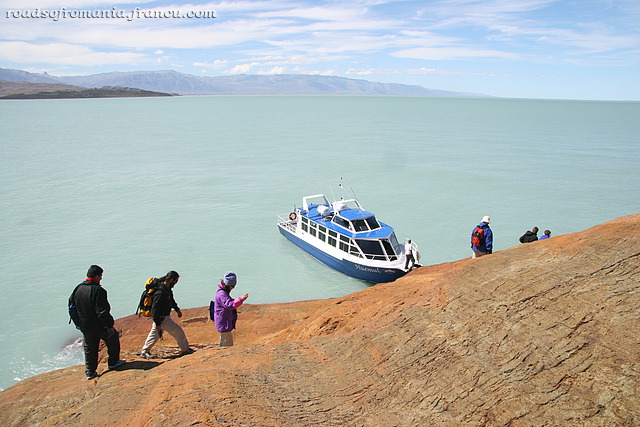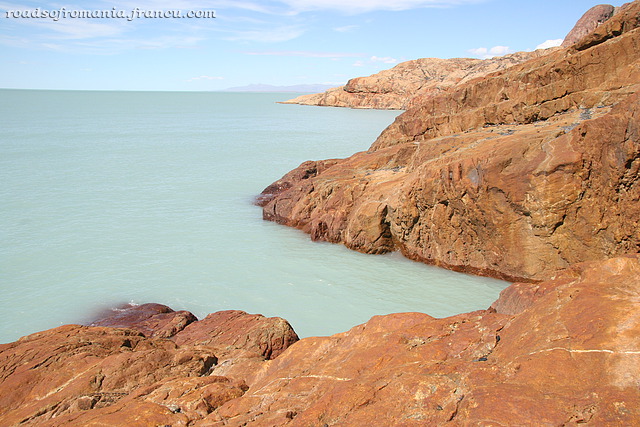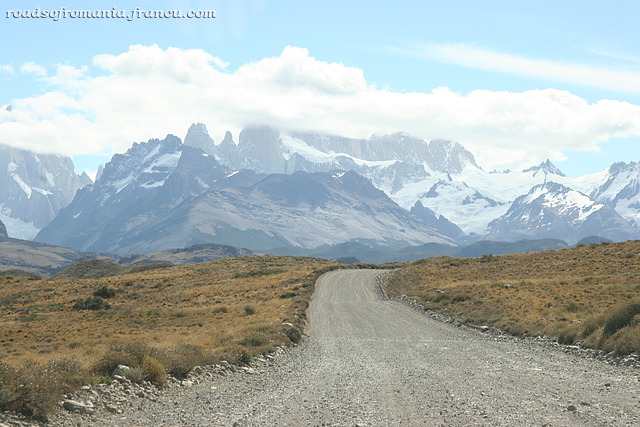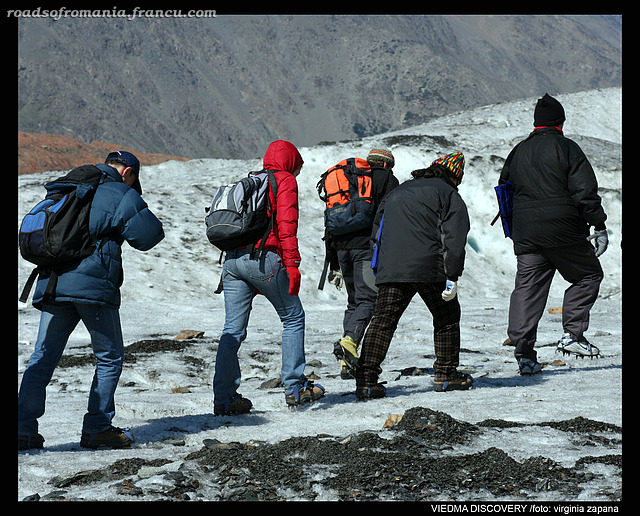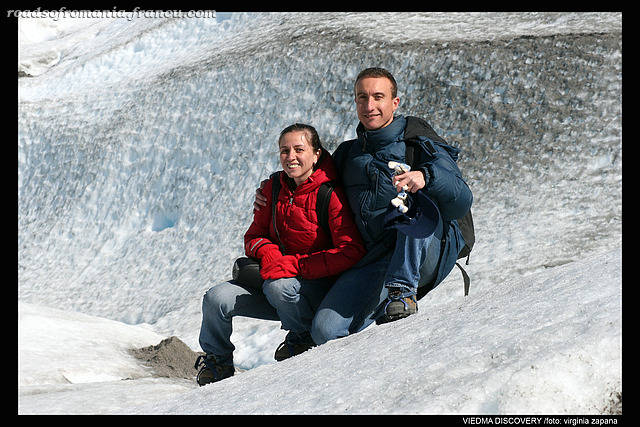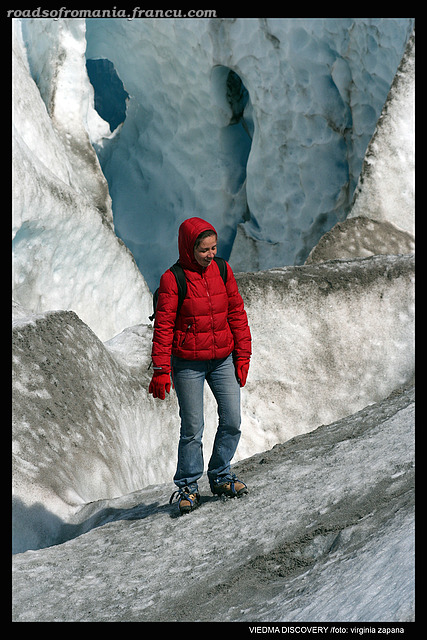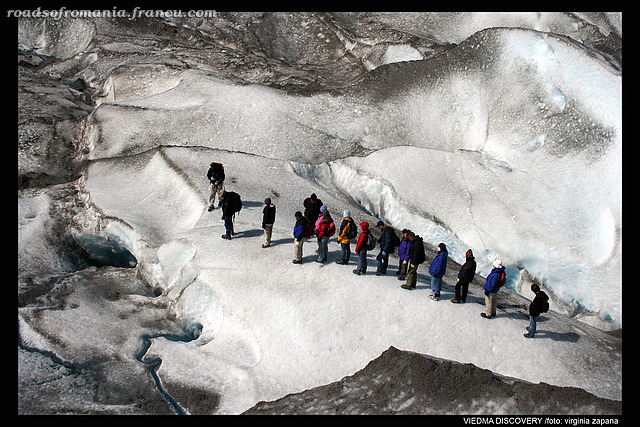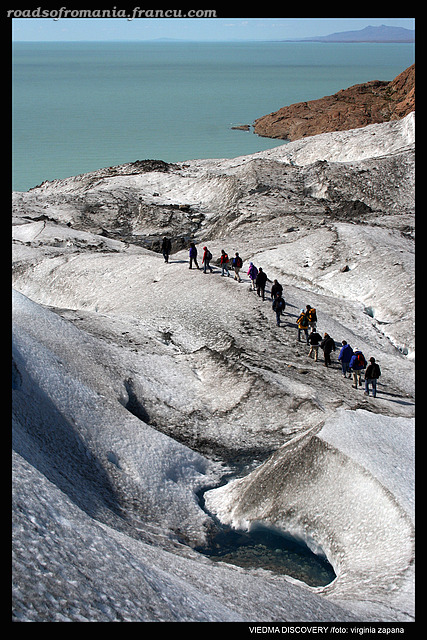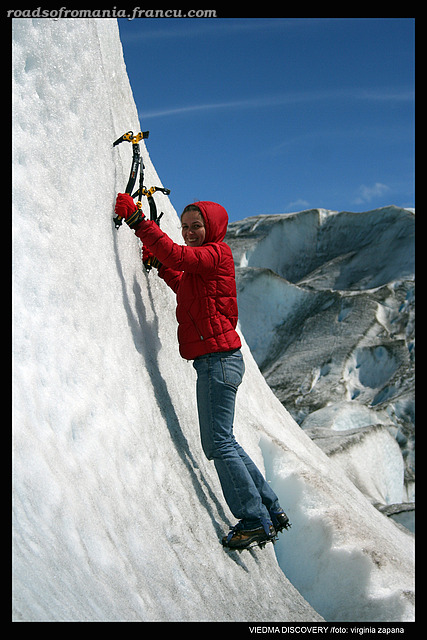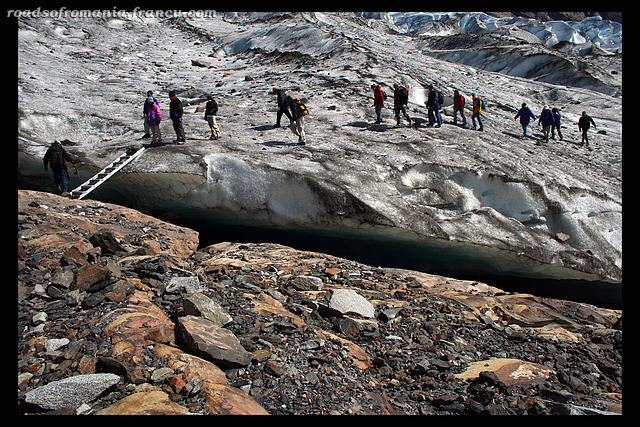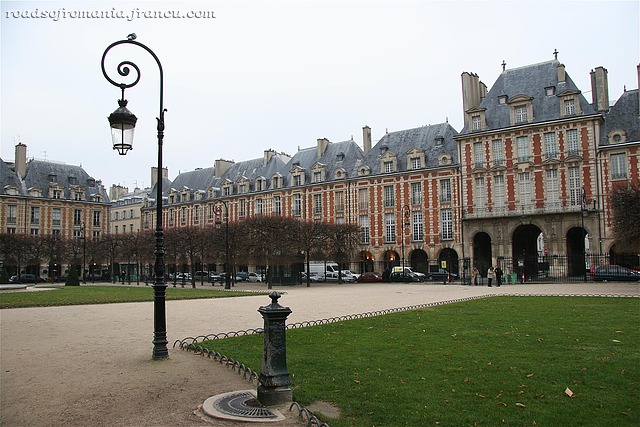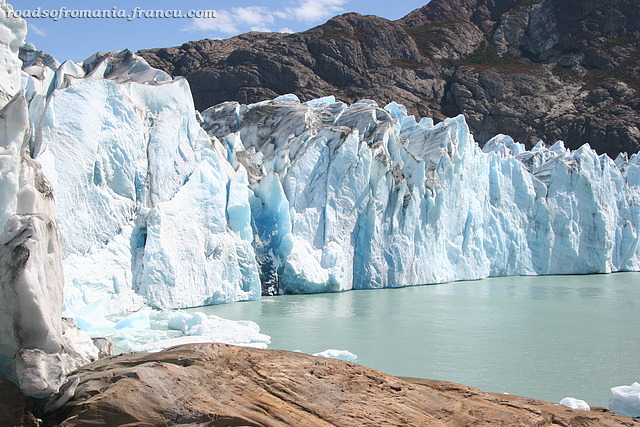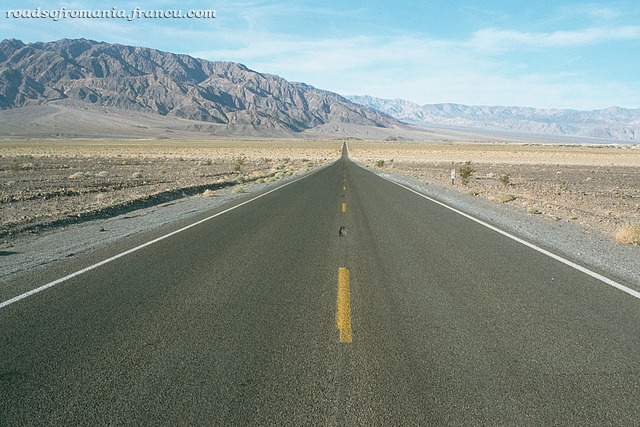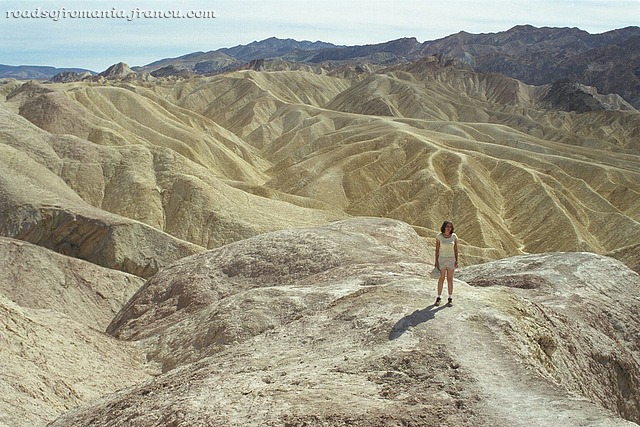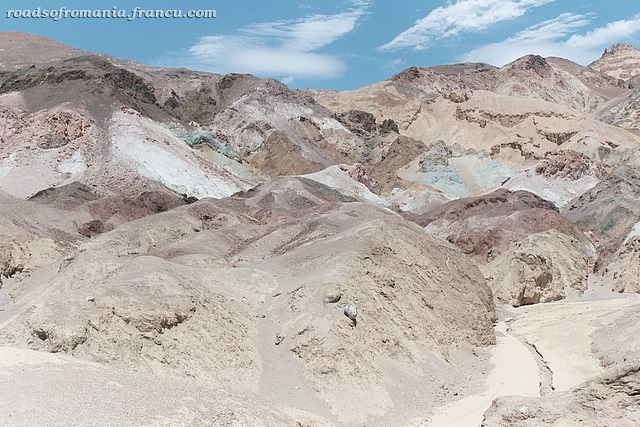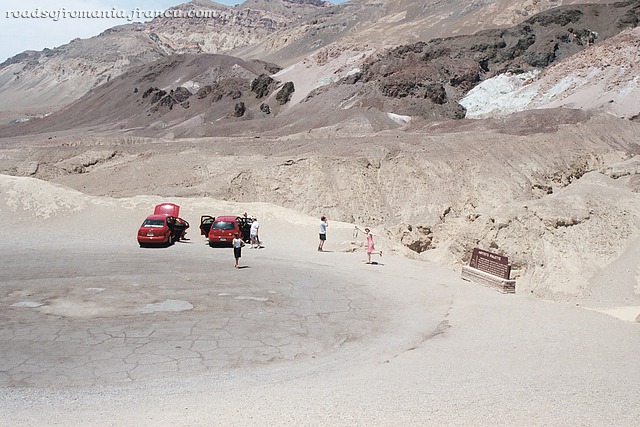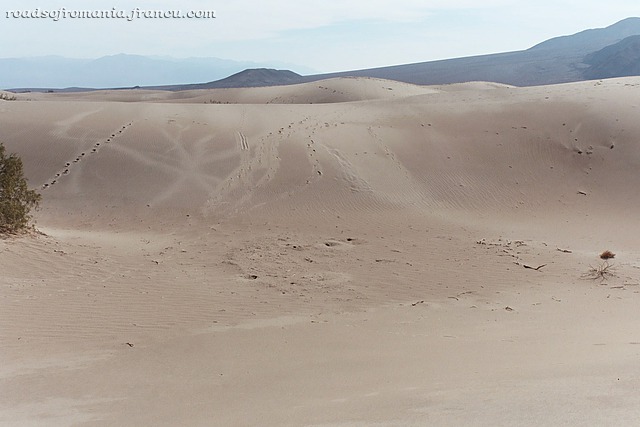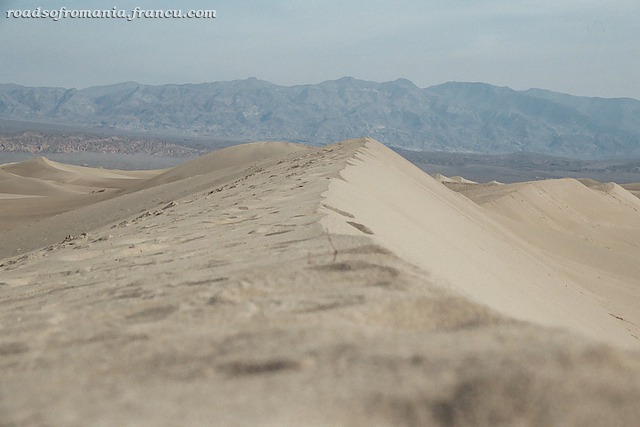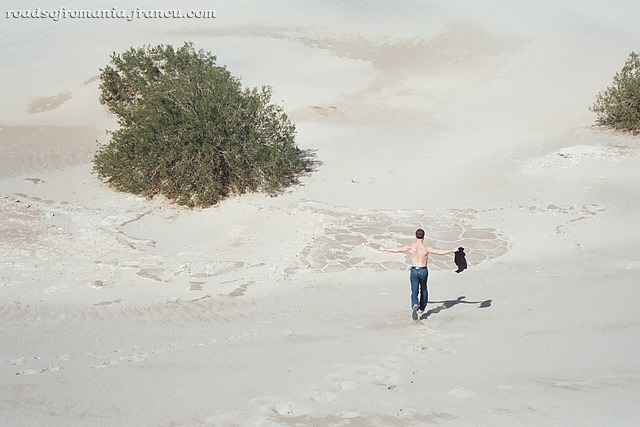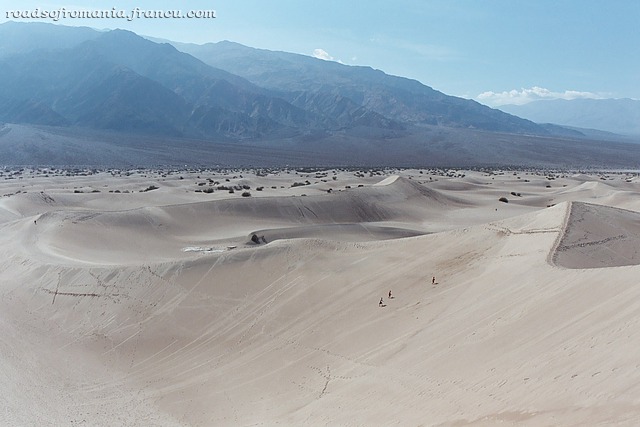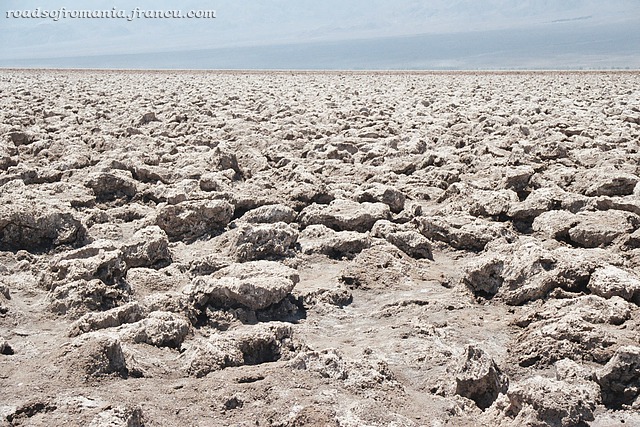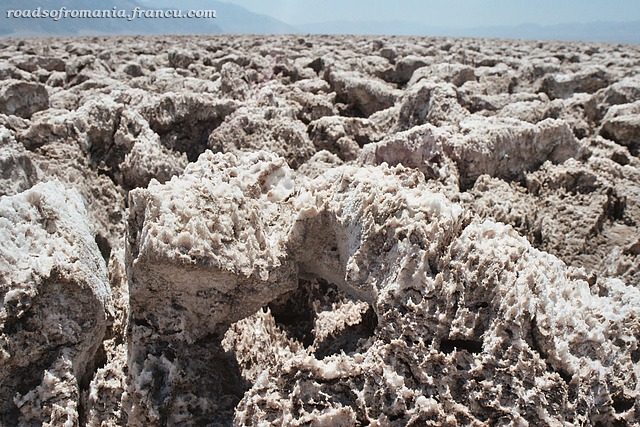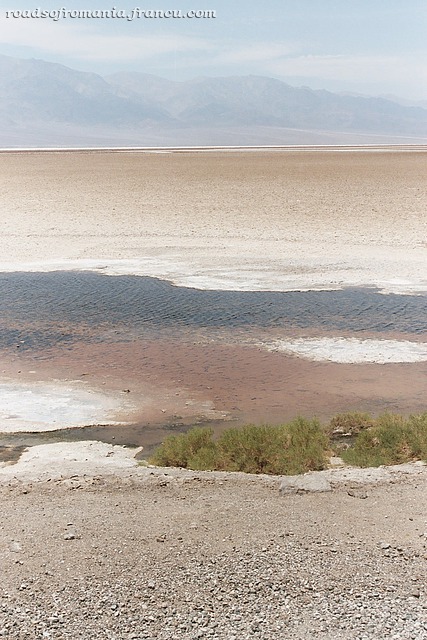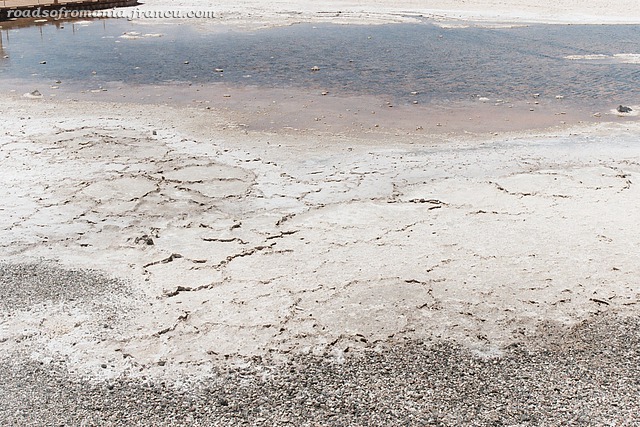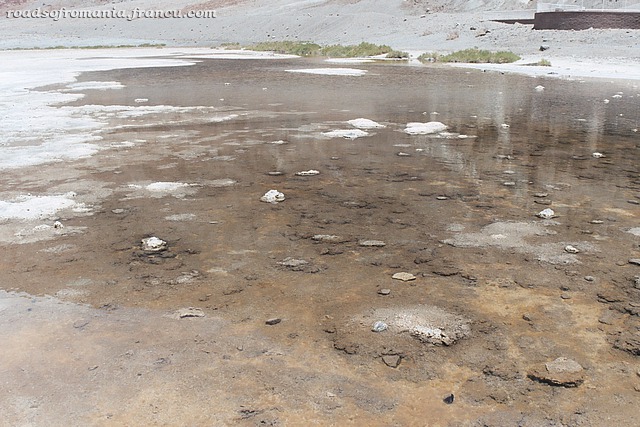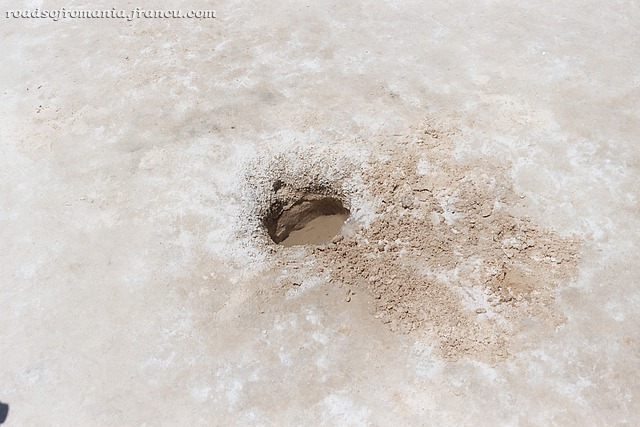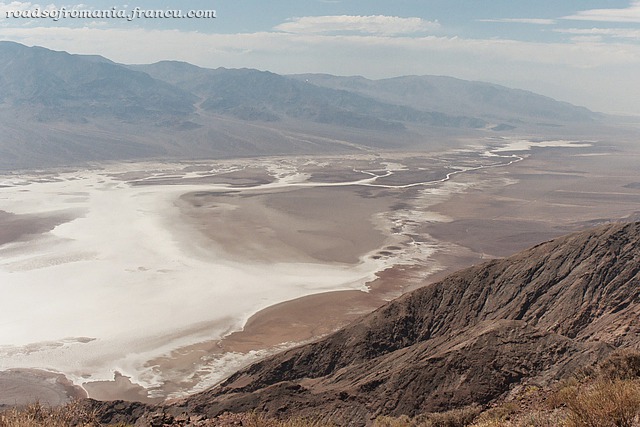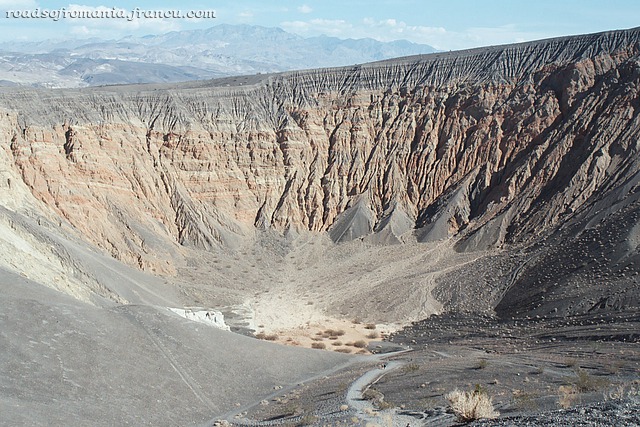Beachwear for sale at Manuel Antonio Beach, Costa Rica
Day Three
Trip to Blue Mountains
It’s the morning of the third day of our Australian vacation. It’s raining lightly as we leave Sydney headed for the Blue Mountains. The city seems deserted and it’s no wonder: it’s 8.00 o’clock in the morning on a Saturday. We’re riding in a small van with 13 other people (3 from Hong Kong, 2 from UK, 2 young Kiwis, 5 Canadians and 1 German) while Mark, the guide, is telling us stories about the history of Australia and the Blue Mountains. With only a few days budgeted for Sydney I decided to take a guided tour in order to see the Blue Mountains even though I’m usually not a big fan of guided tours. After reading numerous reviews on the web I decided to go with a company called Activity Tours. The day tour costs AU$92 per person which includes the Featherdale Wildlife Park Entrance, the National Park Entrance, a river cruise ticket, pick up from the hotel and a tiny koala souvenir.
We cross the Harbour Bridge and I look around admiring the view while Mark goes on with the history lesson. He asks if anyone can guess what non-indigenous animal has its largest population in the world in Australia. I guess rabbits. It’s not the correct answer but I get a laugh from Mark. The correct answer is – I wouldn’t have guessed it – camels! They were imported into Australia in the 19th century to be used for transport and construction in the colonization of the central and western parts of Australia. Motorized transport in the 20th century made the use of camels obsolete so they were released into the wild where they thrived and voila … according to this article on wikipedia at the present time they are “estimated to number more than 1,000,000, with the capability of doubling in number every nine years”, Australia having “the largest population of feral camels and the only herd of dromedary (one-humped) camels exhibiting wild behavior in the world”. Also “Live camels are exported to Saudi Arabia, the United Arab Emirates, Brunei and Malaysia, where disease-free wild camels are prized as a delicacy. Australia’s camels are also exported as breeding stock for Arab camel racing stables and for use in tourist venues in places such as the United States”. After that we hear a story about the wild horses and a few tidbits about the history of the continent. The suburbs of Sydney look very similar to Californian suburbs; low houses with a front porch and a small yard in front; no fences. Someone asks if we’re gonna see anything in this weather. Worst for Blue Mountains says Mark is when there’s no visibility. But trust me, I’ve been going up there for the last 9 years and it rarely happens that it’s foggy. But that’s how it is today, so either we’re that lucky or he’s lying to make us feel better 🙂
To recap some of the stories the guide told us, Australia was first sighted by the Dutch navigator Willem Janszoon in 1606 who charted the whole western and northern coastlines but made no attempt at settlement. He was followed by James Cook in 1770 who mapped the east coast of Australia, named it New South Wales and claimed for Great Britain. It was decided that these new territories will be used for the establishment of a penal colony and the first boat carrying convicts arrived on 26 January 1788, date which became Australia’s national day. The idea was that the colony would be self sufficient because they were a long way from everything but in the beginning they were dependent on supplies brought by ship. Mark also talked a bit about our destination, Blue Mountains, a mountainous area located about 50 kilometers west of Sydney. Before the arrival of the Europeans, these were inhabited by the Aboriginal and traces of their habitation can be found in many places in the area. After many attempts at crossing the Blue Mountains the Europeans finally succeeded in mapping a road in 1813.
Our first stop for the day is Featherdale, a wildlife park where you can see and feed native Australian animals. Koalas were kept in pens without meshes, screens or bars so it was easy to see them and take pictures. Most of them were sleeping. There is always one koala on “show” for people to pet and take close pictures with. Unfortunately we got to the park at the same time with another tour bus, one of the big ones, so it’s a long line to pet the koala. It takes about 10 minutes wait but finally I get to touch the cute marsupial. Its fur feels like that of a sheep, surprisingly scratchy. Next we buy some food and step into a big pen – wallabies, kangaroos, emus, all vying for the same meal. The wallabies were the friendliest I think. All the animals seemed in good health and used to the visitors. We spent most of our time at the zoo in this petting and feeding area, saving only the last 15 minutes before we were supposed to go back to the bus to see the rest of the park. We also saw some birds, penguins, wombats, a few cassowaries, dingoes, a crocodile and a Tasmanian devil on his lunch time. After an hour or so in the company of Australia’s amazing animals we get back on the bus to go on to our next stop.
I was asked by friends to post more photos from the Viedma trip so here they are:
Approaching the glacier by boat
On firm land
Ready to climb the glacier?
Photo op
Thru the ice tunnel
Blue ice
More ice
After the glacier walk we are rewarded with some Bailey’s
Yours truly trying her hand at ice climbing
Scary moment: under the glacier
Back to the boat
Blue waters
The road back to El Chalten
And a few photos taken by the trip’s photographer
Destination USA, Episode 1
I’ve decided to take a short break from the Australian story but not to worry I’ll be back soon with more about the trip down under. The break is due to the fact that I wanted to write the first post of what I hope to become a series on American destinations. This idea was prompted by a posting on a Romanian blog, where the author asked the readers to name the popular destinations that don’t attract them. Among the places listed many of the readers mentioned United States as being unattactive for them. Having lived in USA for quite a few years and traveled around many parts of it, I think many people have the wrong impression about what’s to see in United States. Most have the idea, undoubtely promoted by the many movies and TV series, that America is made of NY and LA and maybe the Grand Canyon. While NY and LA are one facet of USA, there’s much more to see around the country, beautiful places that are truly unique.
For this first post of the series I picked a place that I really enjoyed, so much so that I went back three times to visit it again: Death Valley National Park.
Located in east-central California, on the border with Nevada, Death Valley is one of the most interesting places to visit in the southwest USA. This national park holds a number of records like being the lowest place in North America (282 feet below sea level), the driest and hottest place in the Western Hemisphere (highest temperature on record of 57.8 °C on June 10, 1913 is close to the world record of 57.8 °C registered in ‘Aziziya, Libya, on September 13, 1922).
After visiting for the first time in October 2001 I returned to the Death Valley three times. That first trip took me from San Francisco to Death Valley, Las Vegas, Grand Canyon and back. It was the first time that I discovered the beauty of the American southwest. The years that followed I explored it every time I had the chance. My last trip to the valley was in November 2009, when we drove to the park from Las Vegas. No matter what direction you’re coming from, when you enter the valley you’ll be struck by the spectacular terrain which changes from High Sierras to desert, a valley like a vast emptiness all around you, the mountains high, far away in the background. It feels like you’re leaving the rest of the world behind you, and all you can see except for the empty landscape is the straight road up ahead, disappearing into the horizon. You might as well be on an alien planet, in some undiscovered solar system. And still … Despite the apparent starkness there’s plenty to see. You have canyons, craters, bright colors, sand dunes, good looking ruins, grand views, even rocks that move. For those seeking solitude this is the perfect place. Even if some attraction points might seem a bit crowded, if you leave those behind within a few minutes you’ll find yourself completely alone, nobody driving either way, wind blowing in your ears, thousands of acres of land without a human soul in sight.
Even though at first the valley might appear featureless that impression is false as there’s plenty to see. My must see sites in Death Valley include:
Zabriskie Point
Made famous by Antonioni’s film with the same name (1970) Zabriskie Point offers some beautiful views of the Golden Canyon badlands. The yellow and beige colored hills were once lake bottom sediments. The point is named after Christian Zabriskie, an important figure in Death Valley borax mining.
Artist’s Drive and Artist’s Palette
This is a one-way nine miles scenic drive through hills splashed with colors from mineral deposits. There are reds, yellows and pinks from the iron salts, green from decomposing mica, and purples from manganese. About halfway through the drive is Artist’s Palette a remarkable spot which is worth a stop.
Stovepipe Wells Sand Dunes
Located very close to Stovepipe Wells are the undulating sand dunes. They are being continually recreated by the winds which carry sand from the mountains and then deposit it here. The dunes can be explored by foot (park on the side of the road). There is no trail, but that is part of the fun, you can create your own trail.
Devil’s Golf Course
A field of salt pinnacles today, this used to be a lake more than 2000 years ago. When the lake evaporated, it left behind the layers of crystallized salt. This is constantly recreated as salty water is brought to the surface through capillary actions and then it evaporates resulting in new salt crystals. You can hear the noises made by the salt as it expands and contracts with the changes in temperature.
Badwater
Badwater is the lowest point in the western hemisphere, 282 ft (85m) below sea level and also the hottest spot in the park. There’s a small pool of water which surprisingly hosts life (if we were to believe the signs that mark the spot). Turn around and look up the rocky wall to find the sign that marks the sea level.
Dante’s View
Dante’s View is situated at 5475 ft (1650m) on a peak of the Armagosa Range. It offers a spectacular view of the Valley below surrounded by ranges of mountains. This is where you experience the “big picture” of Death Valley. Pools of Badwater lie below; across the valley is the Panamint Range, with its highest point Telescope Peak.
Ubehebe Crater
The Ubehebe Crater is located in the north of the Valley and it’s quite a drive to get there. But if you plan to see Scotty’s Castle then Ubehebe is only 8 miles away from the castle. The crater was formed by a massive volcanic steam explosion a few thousand years ago. There is a trail to the bottom of the cone.
And the list doesn’t stop here. If you have the time to explore more of the park you can also visit Scotty’s Castle, Twenty Mule Team Canyon, the Natural Bridge, Harmony Borax Mines, Devil’s Cornfield, Titus Canyon etc. There’s even a spot where one can look at the tracks of some mysterious sliding rocks at, a place called the Racetrack which I have yet to visit (the road is in really bad shape and we’ve been warned that many cars have lost all 4 tires trying to access it so we didn’t dare to try it in our rental car). The biggest hurdle for all these visits is time, since the park is huge and it takes time getting from one point to another. I recommend that you give the park two days, spending the night here, this way
you’ll have more time to see all the park has to offer.
I hope I convinced you to visit and that if you ever find yourself in the American southwest you’ll take a detour and see Death Valley. In my next post I’ll talk a bit about the planning needed to visit Death Valley.
